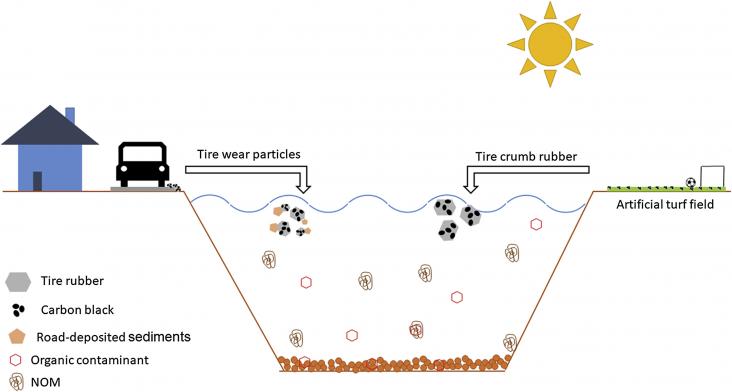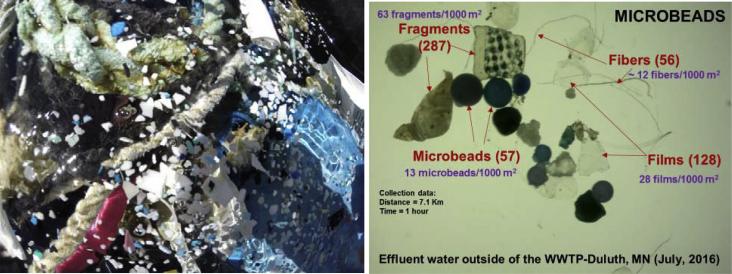Partner content
United Nations Global CompactUnited Nations Global Compact, June 2019
This report explores the role of business in securing a healthy, productive and well-governed ocean, contributing to SDGs 12, 13 and 14. Private sector innovation and investment, together with strong public and private governance frameworks, could exponentially increase the amount of sustainable resources delivered from the ocean, including healthy food, secure and affordable clean energy, and more efficient and lower-carbon transport.
The presence of small plastic particles in the environment, reported for the first time in the 1970's, has only recently been recognized as a global issue.
The Sustainable Development Goals and the Paris Agreement, as the two biggest climate action initiatives, address the need to shift towards a fully sustainable energy system.
Metal halide perovskite materials have revolutionized the solution-processed solar cells and become the vanguard of research focus with an unprecedented improvement of power conversion efficiencies up
Although the study of the effects of microplastics increased in the last years, terrestrial ecosystems remain less studied.

Tire materials are a significant proportion of the (micro)plastics in the environment that until today have been clearly overlooked.

Microplastic (MP) studies in freshwater environments are gaining attention due to the huge quantities of plastic particles reported from lakes and rivers and the potential for negative impacts in thes

Plastic pollution is a global problem since 2016 when its production reached 322 million tonnes, excluding fibers. Daily discharges of microplastics (MPs, defined as
Lithium ion batteries (LIB) continue to gain market share in response to the increasing demand for electric vehicles, consumer electronics, and energy storage.

